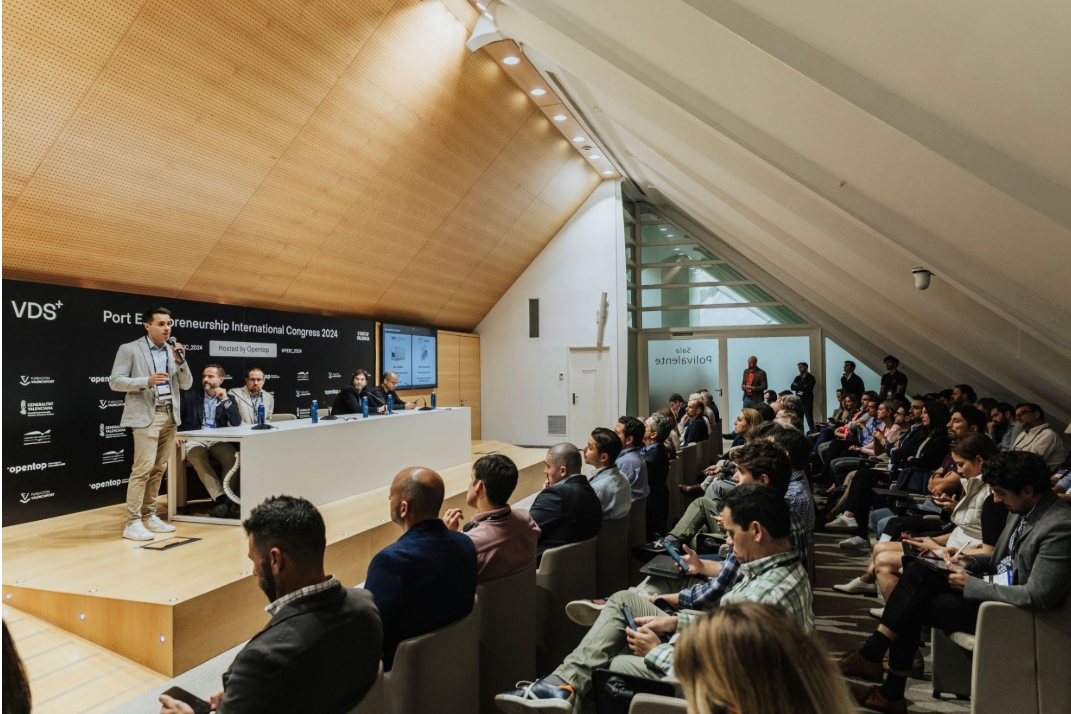- PIN
- Challenges
We connect innovative technology providers with real-world challenges from the port industry
Our goal is to accelerate the discovery of the best solutions, strengthen the sector, and drive collective innovation. If you believe your technology can help solve a challenge, simply click on it and submit your application. Join us in shaping the future of ports.
Rethinking Port Innovation in Valencia
The Port Innovation Network (PIN) is part of the Port Entrepreneurship International Congress (PEIC) in Valencia – a global gathering of innovators, port professionals, and technology leaders. The congress explores how ports can respond to increasingly complex challenges – from climate resilience and digital transformation to dual-use infrastructure and sustainable growth. PIN contributes by showcasing a range of real-world port challenges that members are actively working on. These include questions around funding models, regulatory hurdles, environmental constraints, and the integration of new technologies into existing port systems.
PIN Port Challenges
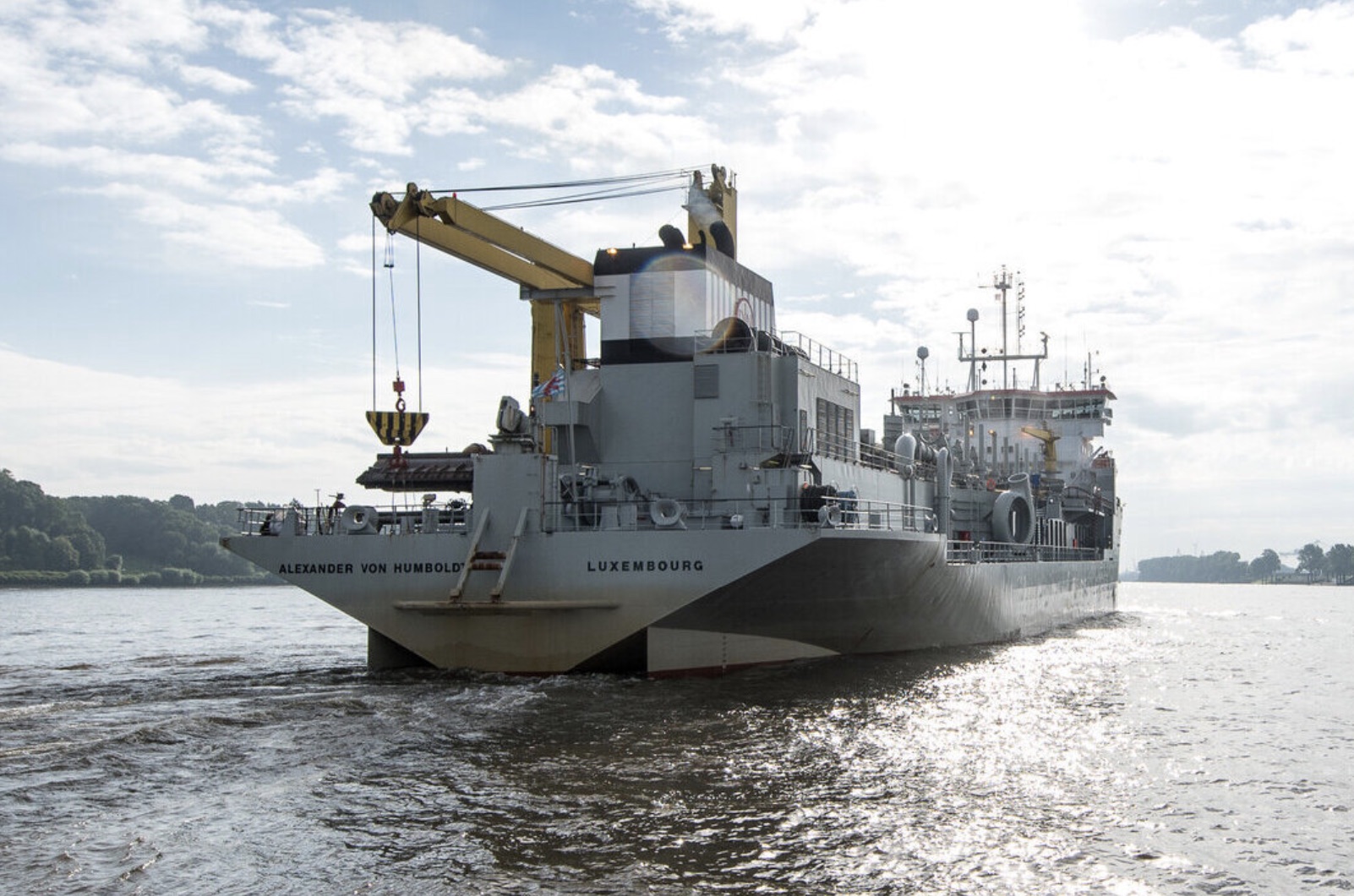 MORE DETAILS AVAILABLE
MORE DETAILS AVAILABLE
Sedimentation / Siltation in Port Areas
In many port areas, the progressive accumulation of sediment (siltation) is reducing the operational depth of channels and docks, affecting navigation and increasing the frequency of dredging. This siltation not only represents a logistical and economic challenge, but also generates environmental impacts by altering aquatic ecosystems and increasing water turbidity. Despite current efforts, the problem persists and tends to worsen with climate change and increased maritime traffic.
- PIN Ports
- Q3/2026

Generational Transfer of Know-How
In many industrial and port environments, a significant portion of experienced technical personnel are nearing retirement. These workers possess in-depth knowledge, acquired over decades, which is rarely formally documented. At the same time, the new generations entering the workforce lack effective mechanisms to access this know-how. This generation gap in knowledge transfer threatens operational continuity, quality of work and the technical culture of the organization.
- PIN Ports
- Q1/2026
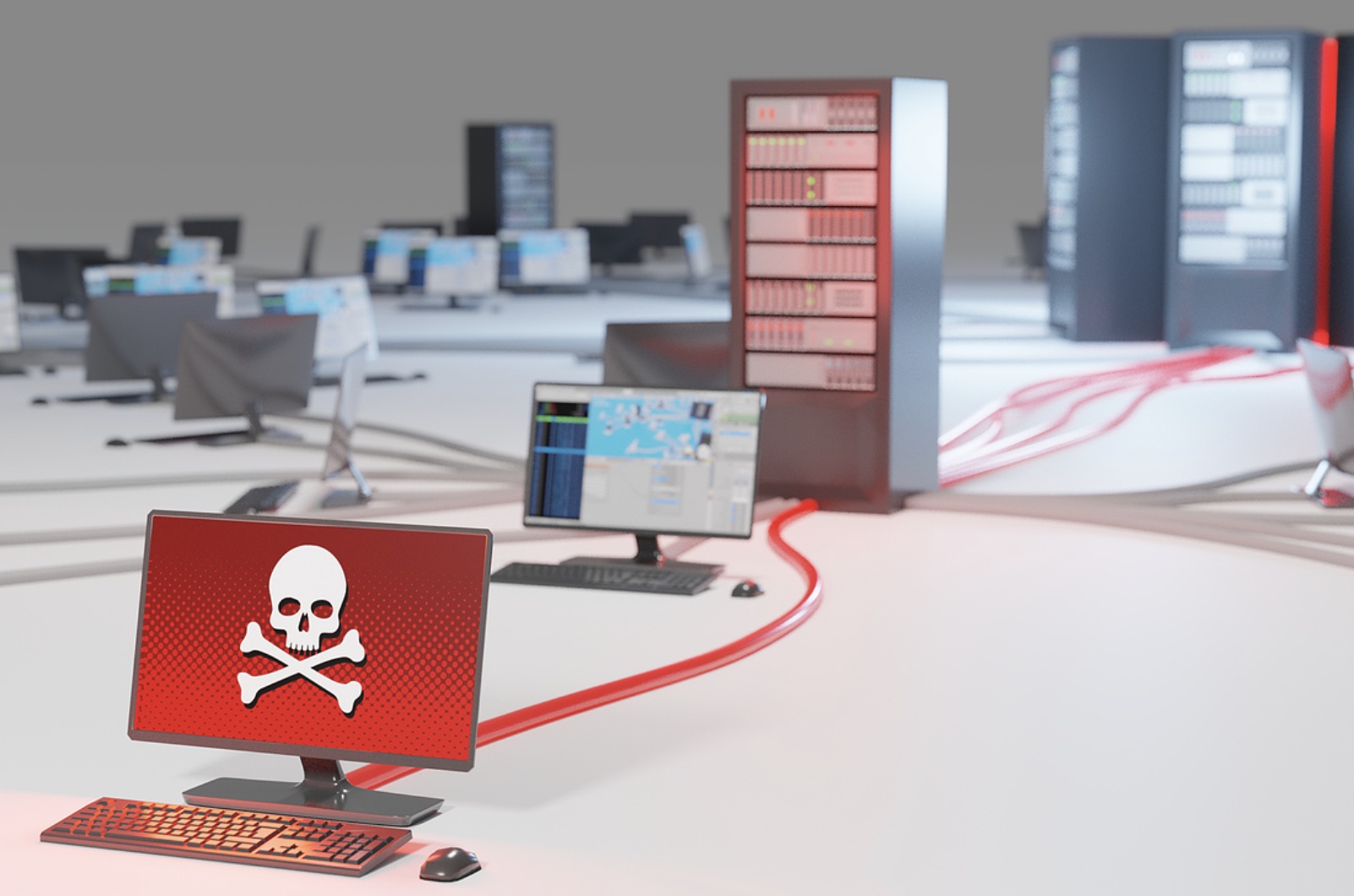
Critical Infrastructure Vulnerability to Complex Threats
Critical infrastructures in port environments - such as power systems, communication networks, storage facilities and logistics control - are increasingly exposed to hybrid threats. These include cyber-attacks, physical sabotage, systemic failures and extreme weather events. Digital interconnectivity and automation increase the attack surface, while traditional security protocols do not always adapt to dynamic scenarios. This situation generates a growing concern for operational resilience and comprehensive protection of strategic assets.
- PIN Ports
- Q2/2026
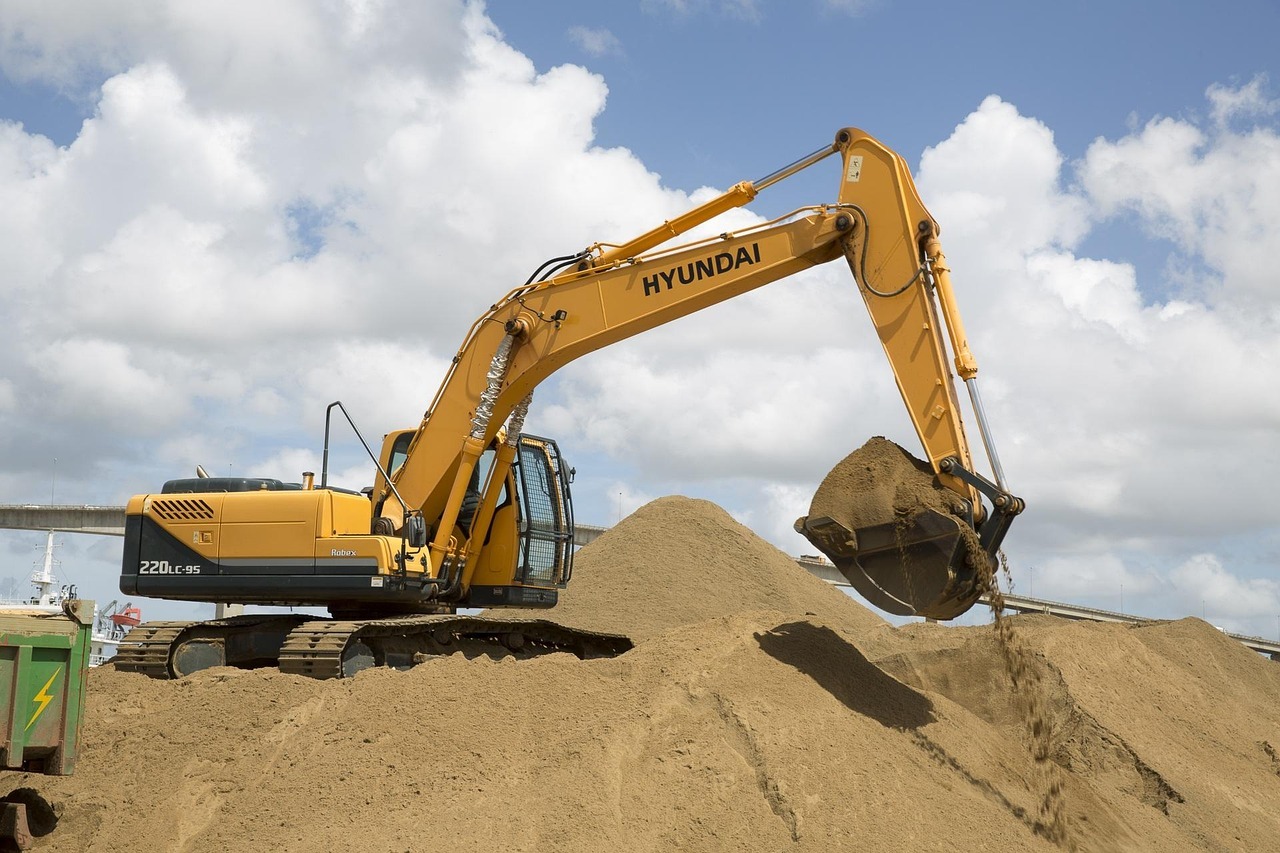
Soil Management
In port operations with high dredging activity, accumulated fine sediments present handling and stability problems. The dispersion of suspended particles affects both water quality and operational efficiency. The need for improved soil management through techniques such as the addition of flocculants has been identified, although their current application is limited or inefficient.
- PIN Ports
- Q2/2026
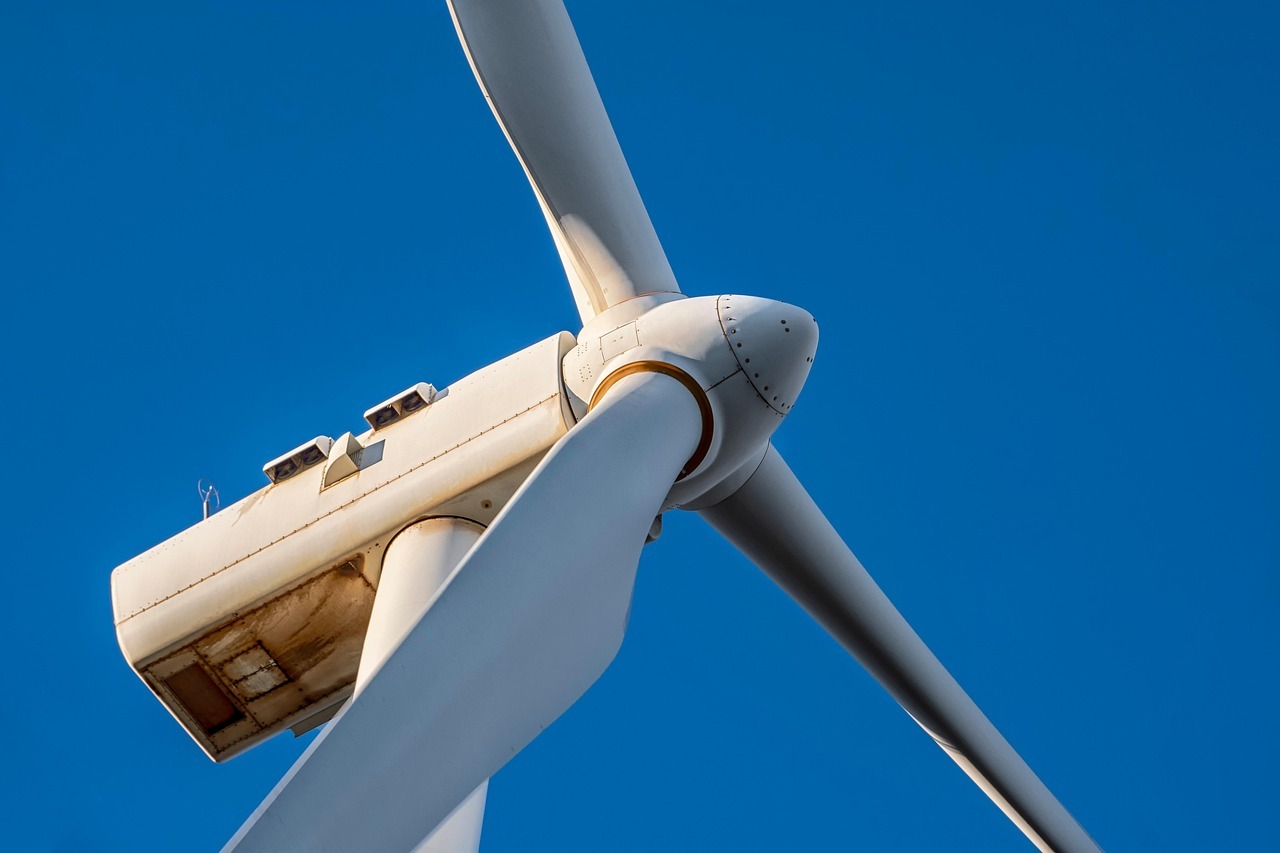
Optimizing Renewable Energy Generation and Management for a Sustainable Port Ecosystem
A major Mediterranean port is working to increase the share of renewable energy in its energy mix and improve the management and distribution of clean energy across its ecosystem. Key challenges include integrating intermittent sources such as solar and wind, ensuring efficient energy storage, and addressing emerging demand profiles like onshore power supply (OPS) for vessels and low-carbon terminal operations. The port authority is seeking innovative solutions to optimize renewable energy production, enable smart distribution, and deploy digital management platforms that ensure reliability, efficiency, and cost-effectiveness, all in support of its 2030 decarbonization objectives.
- Devon Lane
- Q3/2026
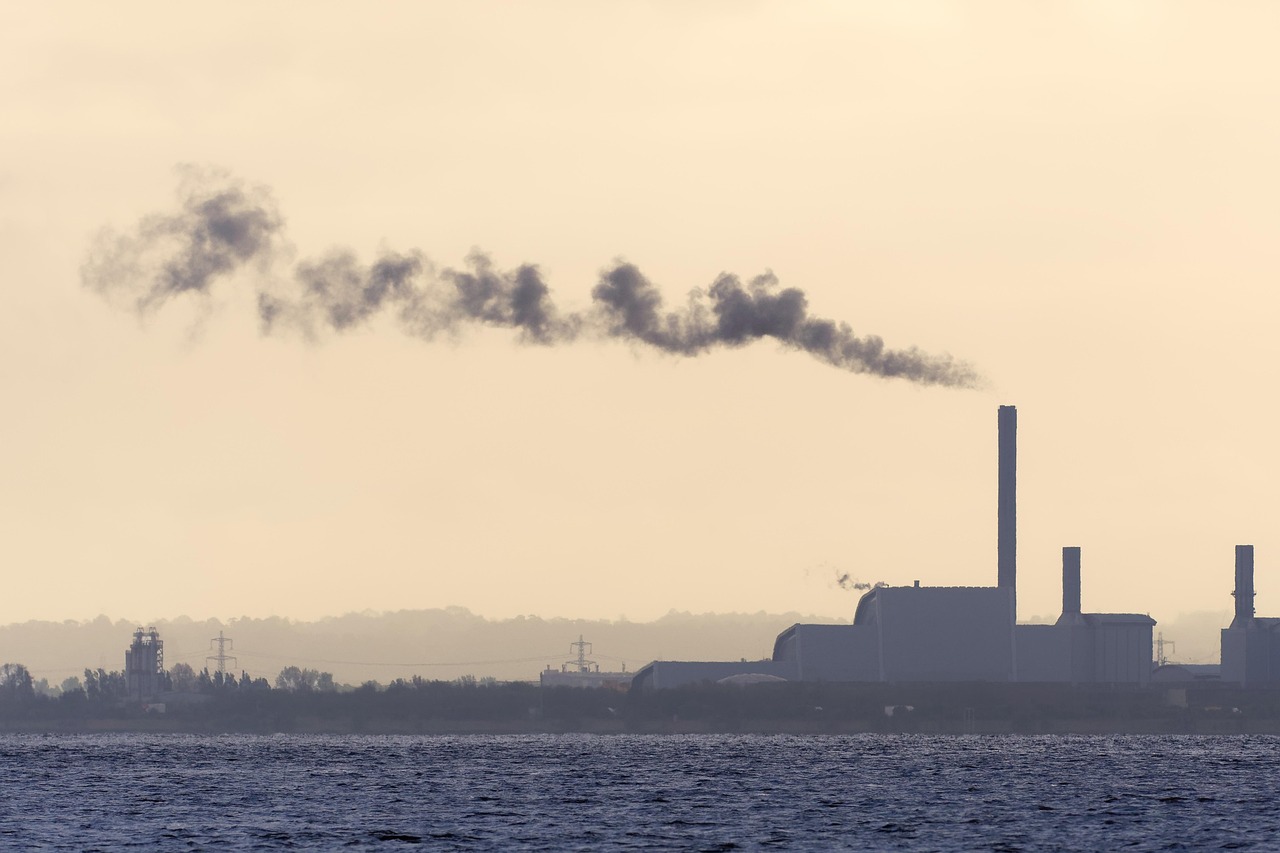
Innovative Carbon Capture, Sequestration, and Compensation Solutions for Port Decarbonization
Ports aiming for net-zero emissions seek solutions to capture, store, or offset CO₂ from operations. The challenge is reducing emissions while ensuring traceability. Digital tools like blockchain for certification are welcome to turn emissions into verifiable, impactful climate action.
- PIN Ports
- Q4/2026
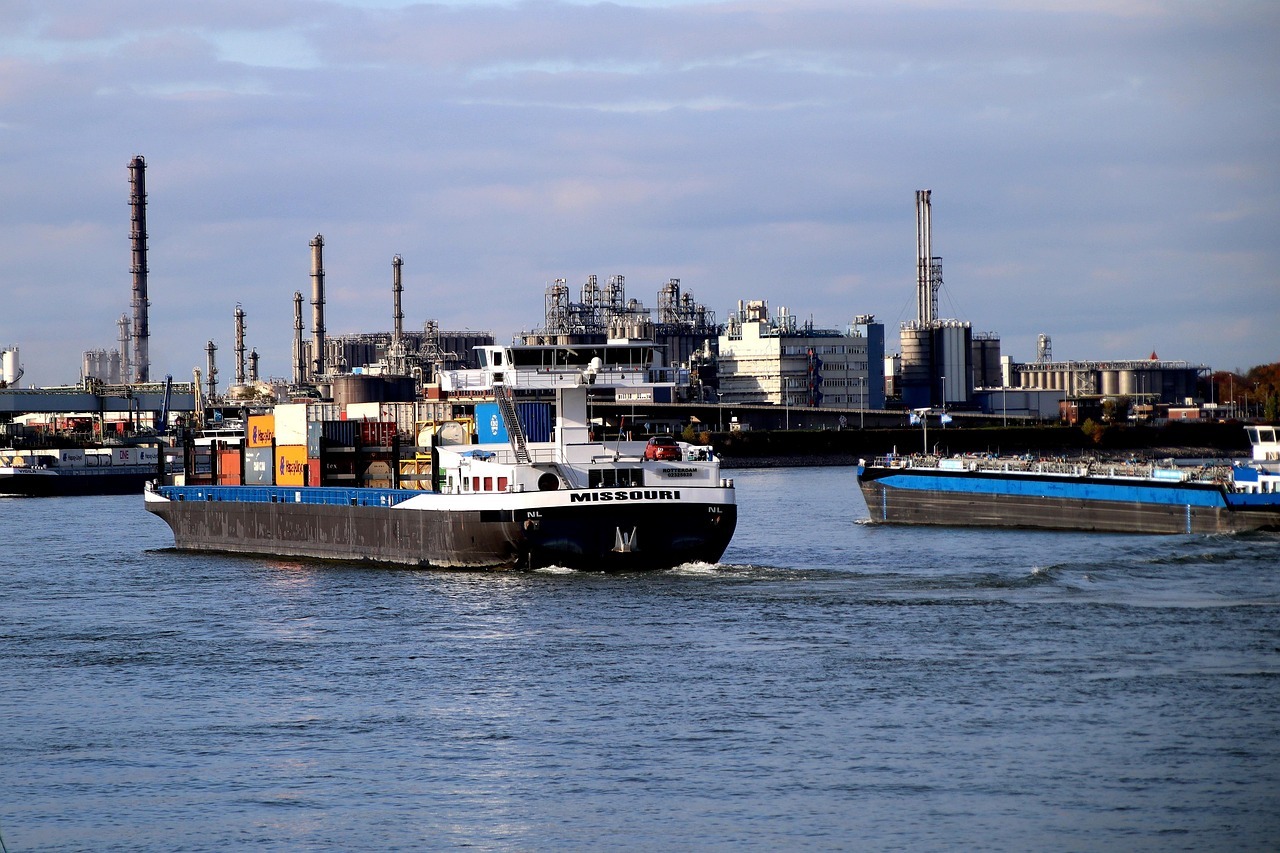
Enhancing Maritime Safety with Augmented Reality
Preventing collisions at sea, especially at night, remains a critical challenge. Start-ups can develop augmented reality applications for ship bridges and control centers, providing real-time navigation aids and enhanced situational awareness to avoid collisions and improve safety in maritime traffic.
- PIN Ports
- Q4/2026
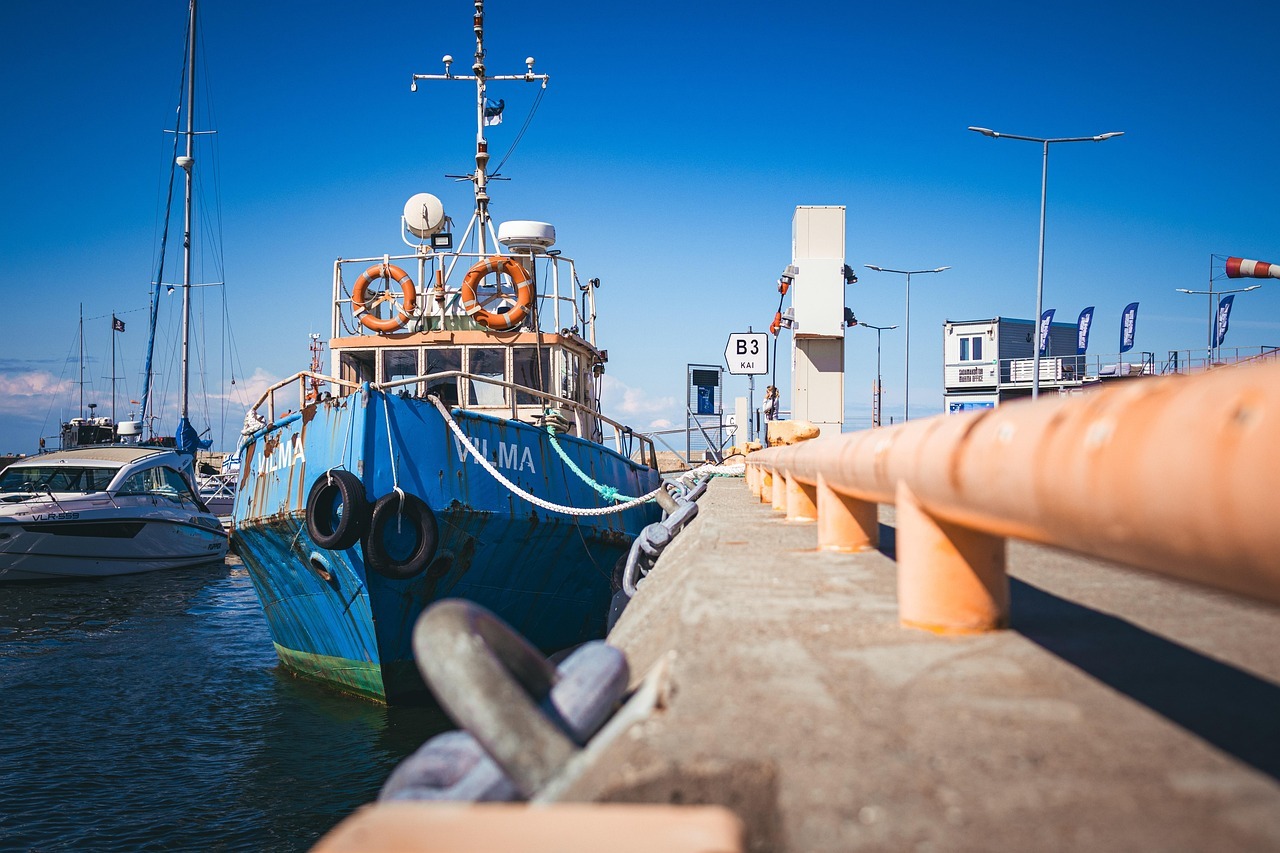
Renovation Needs for Quay Walls
Many quay walls in ports worldwide require extensive renovation due to structural weaknesses and aging infrastructure. Start-ups can offer innovative solutions for stabilizing and reinforcing quay walls, utilizing advanced materials and construction techniques to ensure long-term durability and safety. Technologies such as underwater drones for inspection and AI-driven predictive maintenance systems can significantly enhance the efficiency and effectiveness of renovation efforts.
- PIN Ports
- Q1/2027
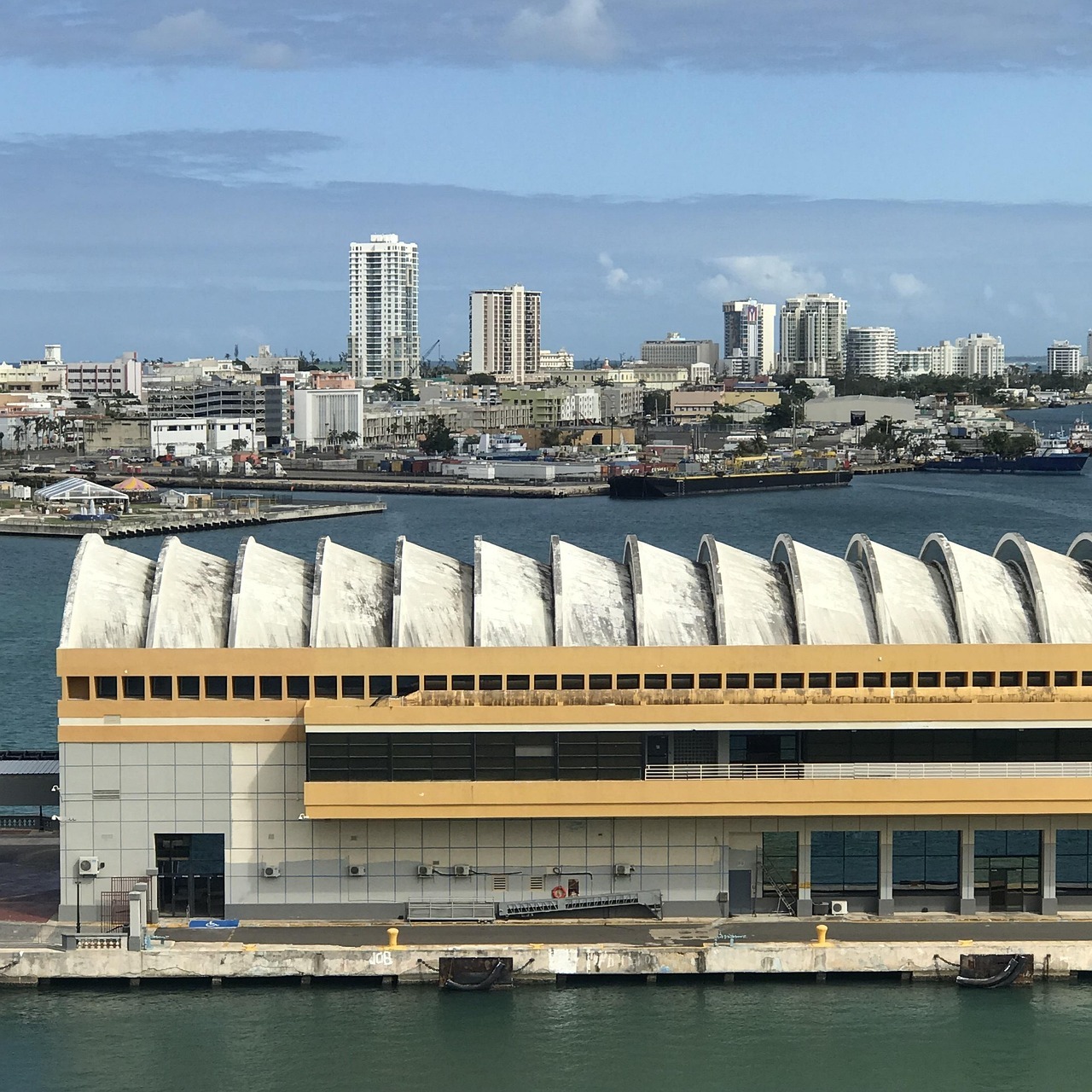
Modernizing Communication in Cruise Terminals
Communication systems in cruise terminals are often outdated and analog, similar to airports from 30 years ago. There is significant potential for optimizing passenger flow and improving parking management and other areas. Start-ups can offer modern digital communication solutions, including real-time information systems, mobile apps, and automated parking management to enhance the overall passenger experience.
- PIN Ports
- Q2/2026

Document Transfer from Rail to Ships
The current process for transferring documents from rail to ships is not digital, resulting in high administrative effort. Start-ups can develop digital platforms and automated systems to facilitate seamless document transfer, improving efficiency and reducing manual workload.
- PIN Ports
- Q3/2026
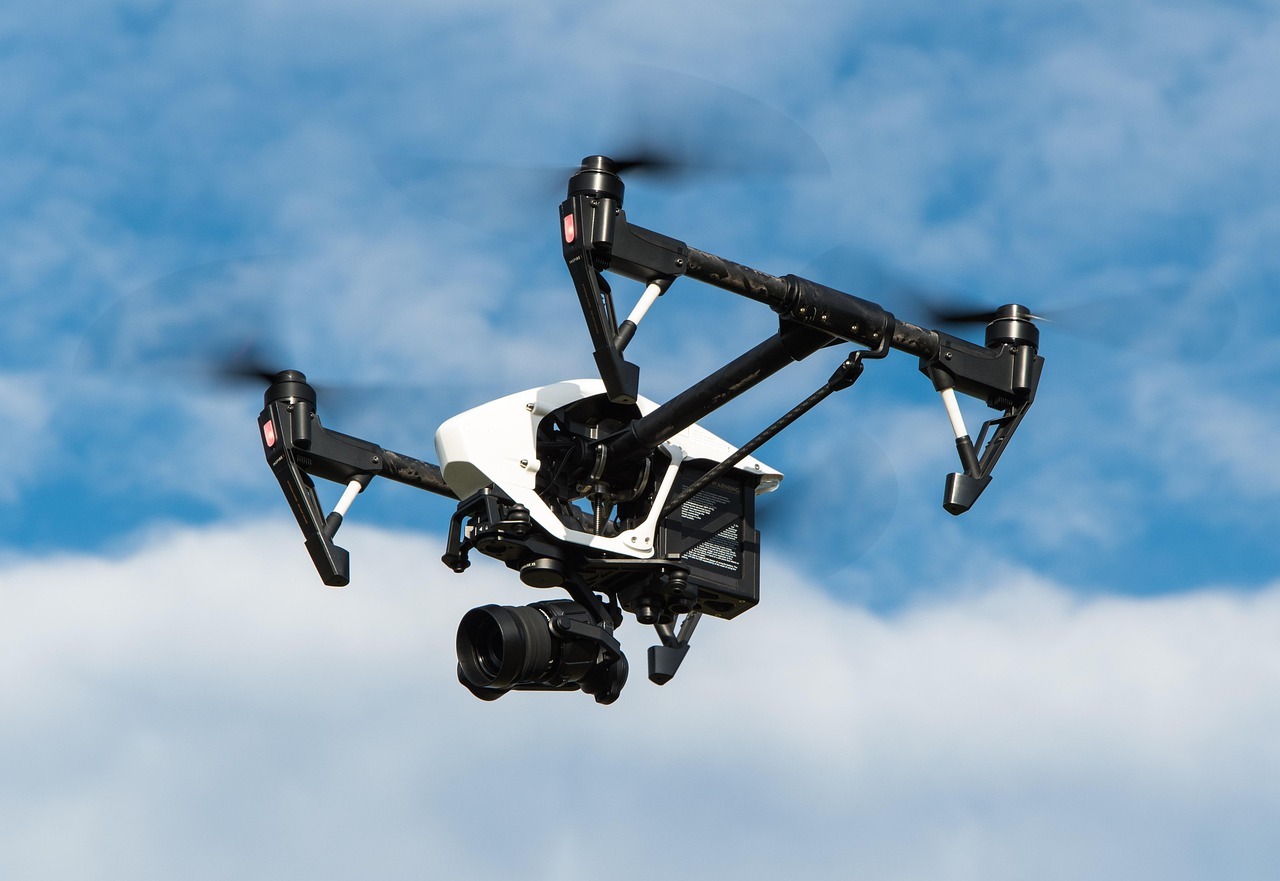
Biotope Mapping for New Port Constructions
Manual mapping of biotopes is required when new construction projects are undertaken in the port, leading to increased costs and inefficiencies. Start-ups can offer automated and digital solutions for biotope mapping, utilizing drones, AI, and GIS technologies to streamline the process and reduce costs.
- PIN Ports
- Q2/2026
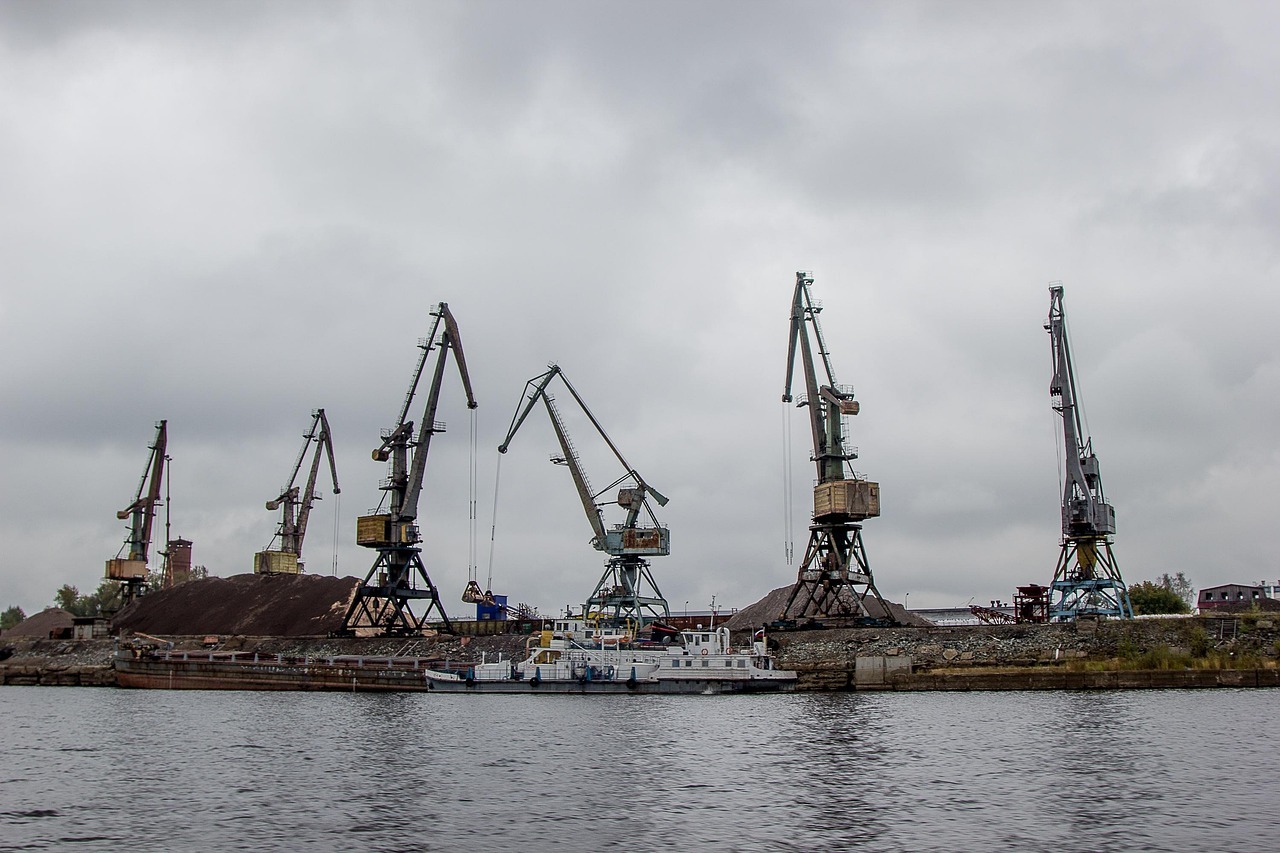
Correct positioning of the terminal tractors (TT) under the quay cranes (STS – Ship to Shore)
Precise alignment of terminal tractors (TTs) under ship-to-shore (STS) cranes is essential for efficient container handling. Misalignment causes delays, safety risks, and equipment wear. Manual guidance by ground staff increases exposure to hazards. Despite being routine, accurate positioning remains a challenge. The lack of real-time support tools highlights the need for safer, more efficient solutions in automated port environments.
- PIN Ports
- Q1/2027
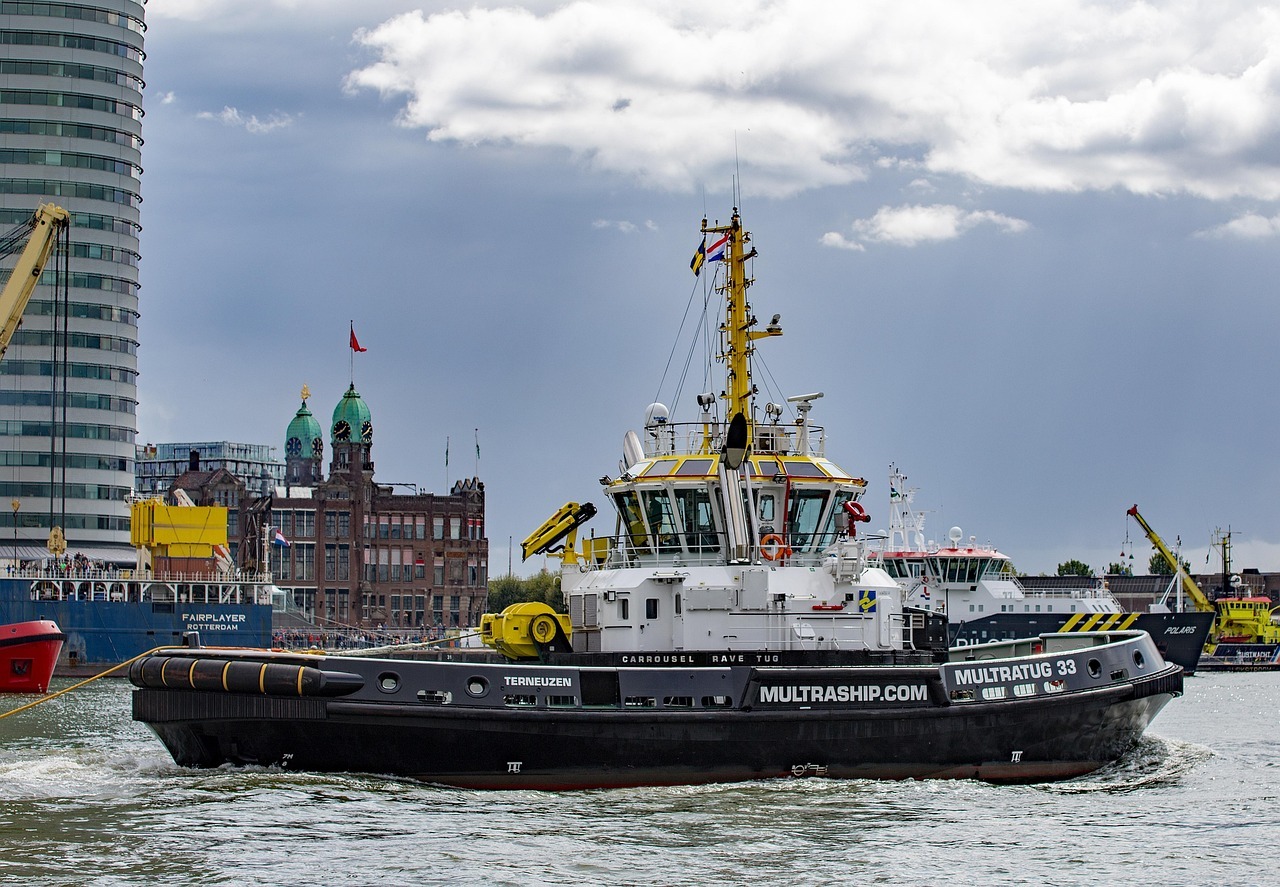
Forecasting Tugboat Demand and Data Utilization
Forecasting tugboat demand remains a challenge in port operations. Seasonal peaks are often predicted manually, leading to inefficient resource allocation. Simultaneously, large volumes of telemetry data—on engine performance, fuel use, and operations—are collected but rarely used strategically. Without integrated forecasting tools, valuable insights remain untapped. The key challenge is transforming raw data into actionable knowledge to improve planning, efficiency, and responsiveness.
- PIN Ports
- Q3/2026
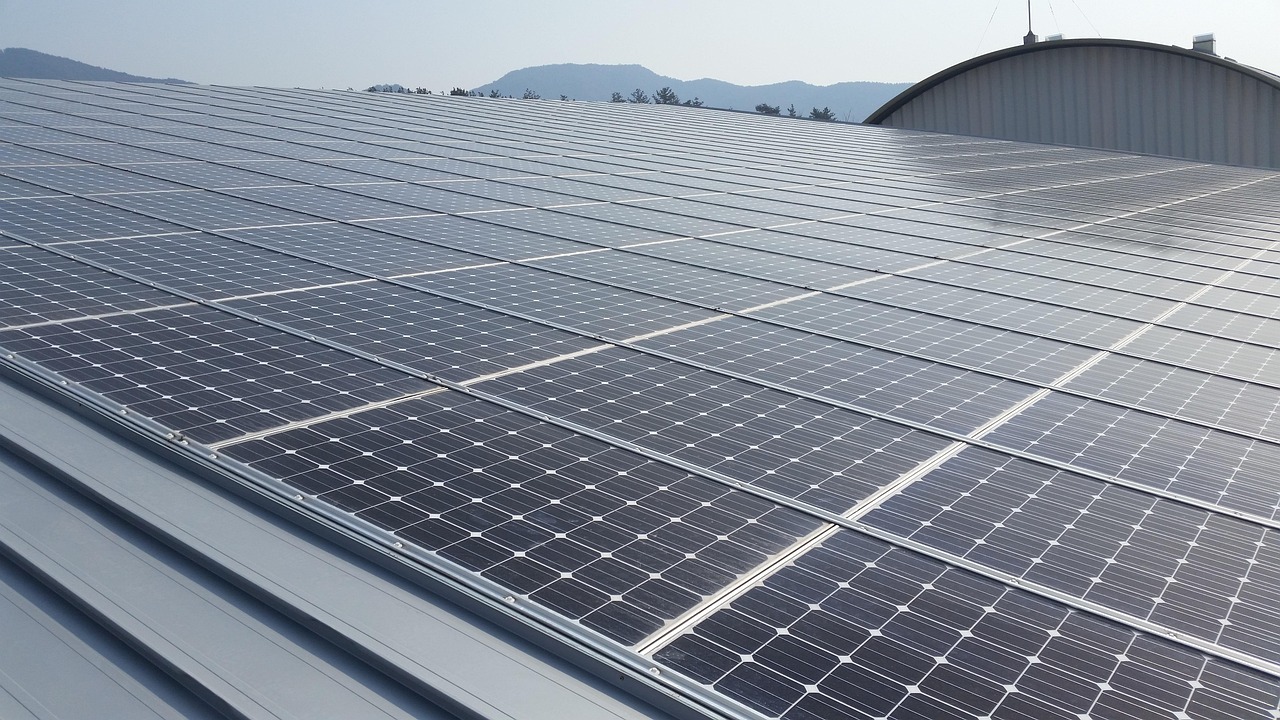
Clean Energy Solutions for Ports and Vessels
Reducing emissions in maritime operations is challenging due to slow fleet renewal and reliance on fossil fuels. Retrofitting vessels with renewable energy solutions is complex and costly. Innovative approaches that improve energy efficiency or enable vessel decarbonization are needed. Additionally, transforming port bases into sustainable facilities - using solar, wind, or other green technologies - supports broader environmental goals. Solutions that combine operational impact with traceability and scalability are especially valuable.
- PIN Ports
- Q4/2026
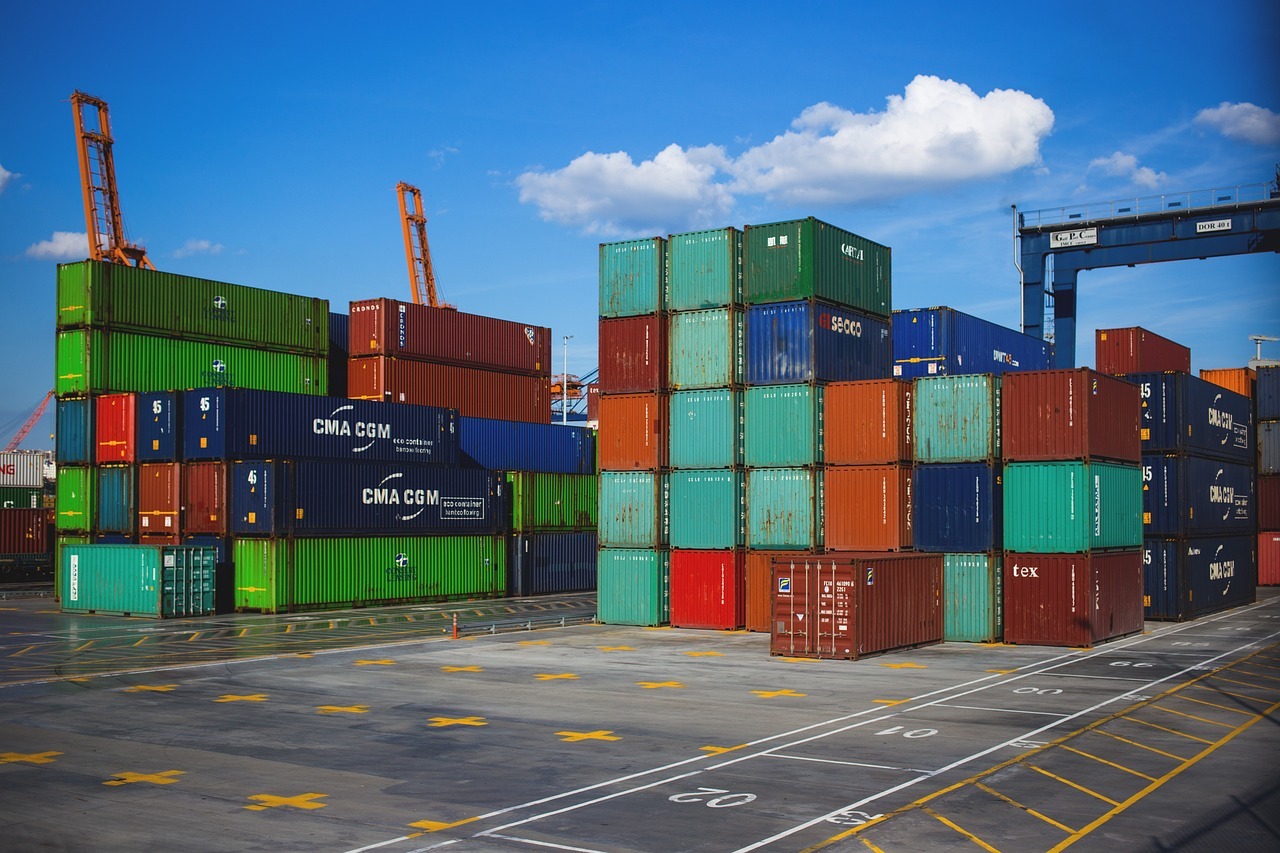
Modernizing Materials Management
Materials management in warehouses and aboard vessels still relies heavily on manual processes. Without intelligent systems, locating items, tracking inventory, and verifying deliveries is inefficient and error-prone. Poor storage allocation increases search times and costs, while manual verification aboard vessels limits traceability. The challenge lies in implementing digital solutions that automate workflows, optimize storage, and enable real-time, end-to-end visibility across all material movements.
- PIN Ports
- Q3/2027
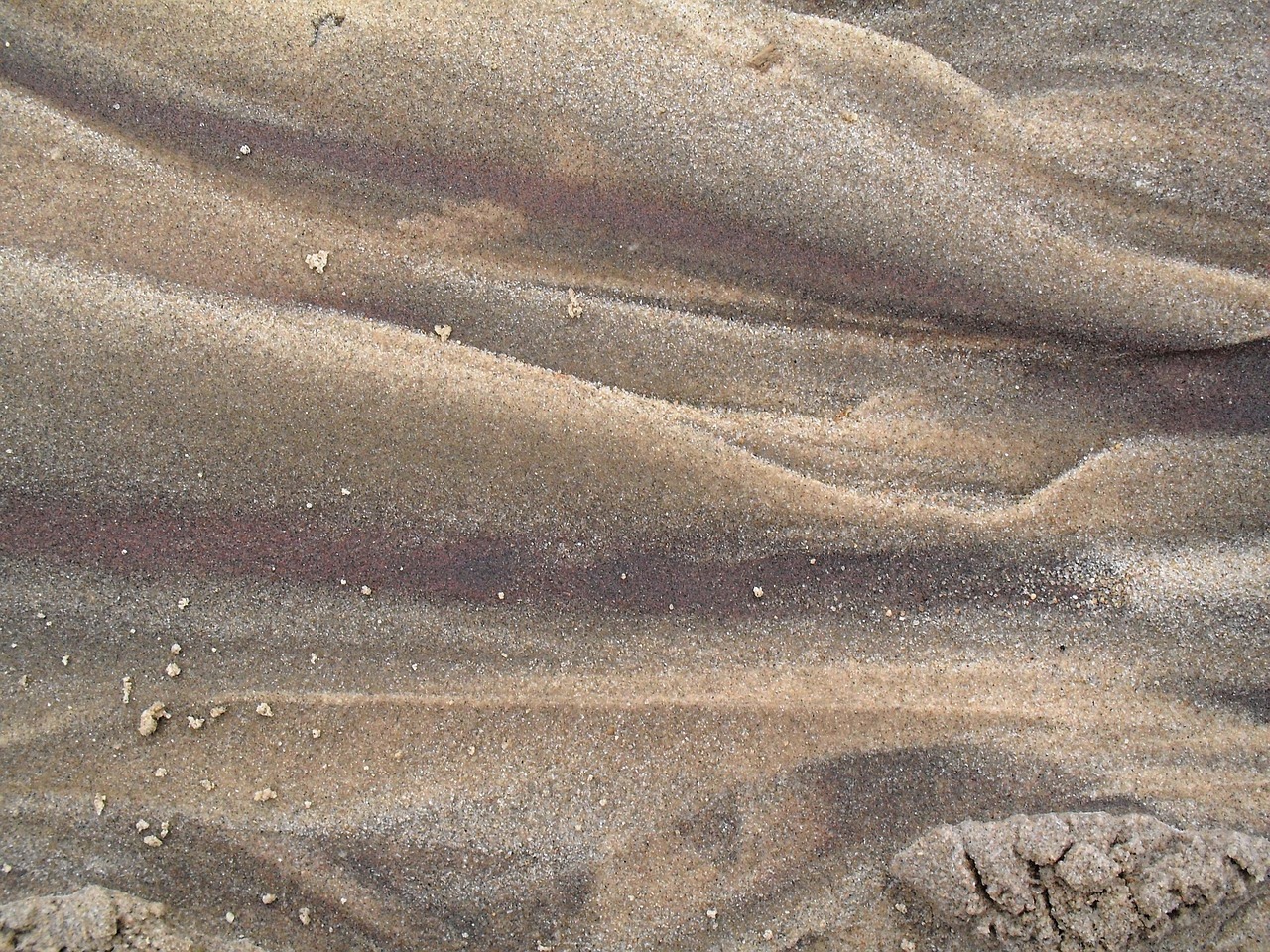
Treating Contaminated Sediments
- PIN Ports
- Q3/2026
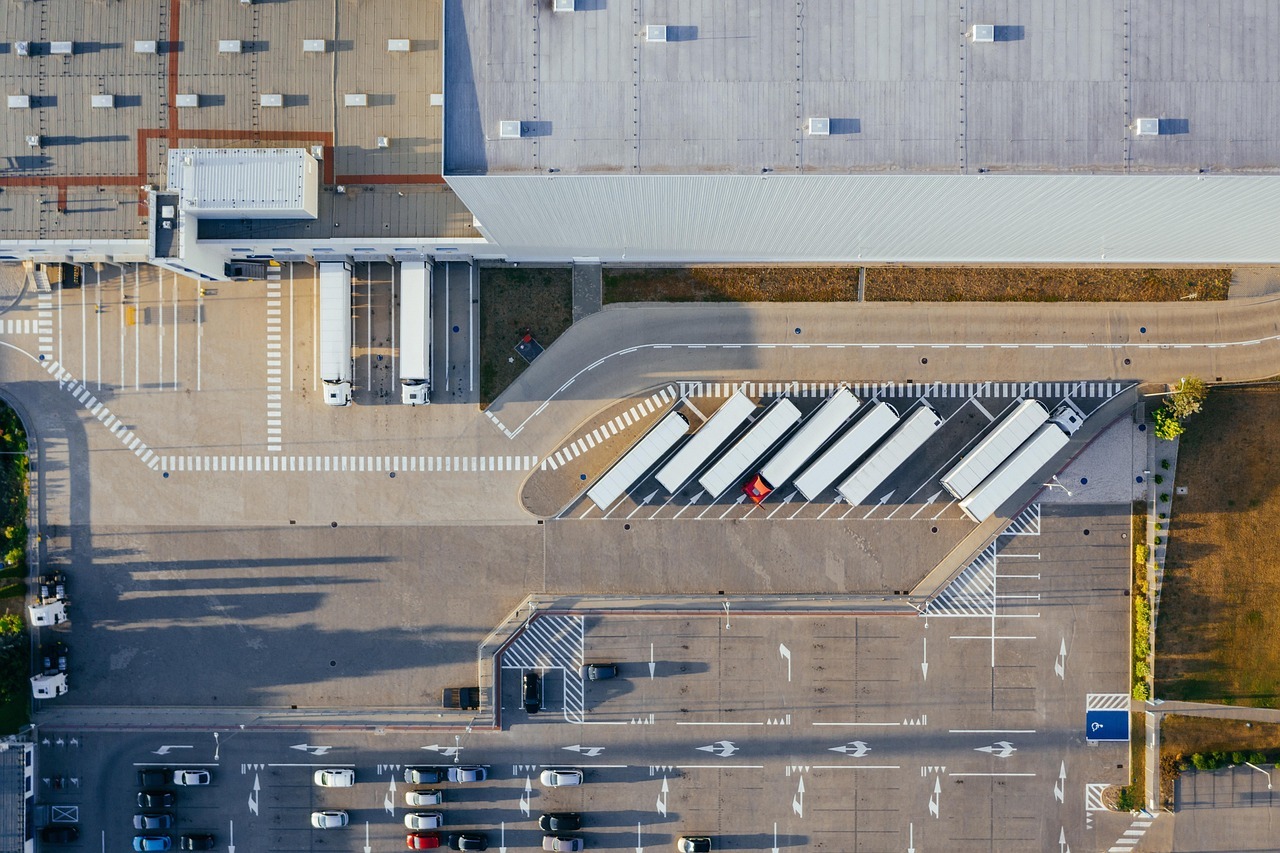
Autonomous Cleaning in ATEX Warehouses
- PIN Ports
- Q4/2026

Coastal Resiliency
- PIN Ports
- Q4/2026
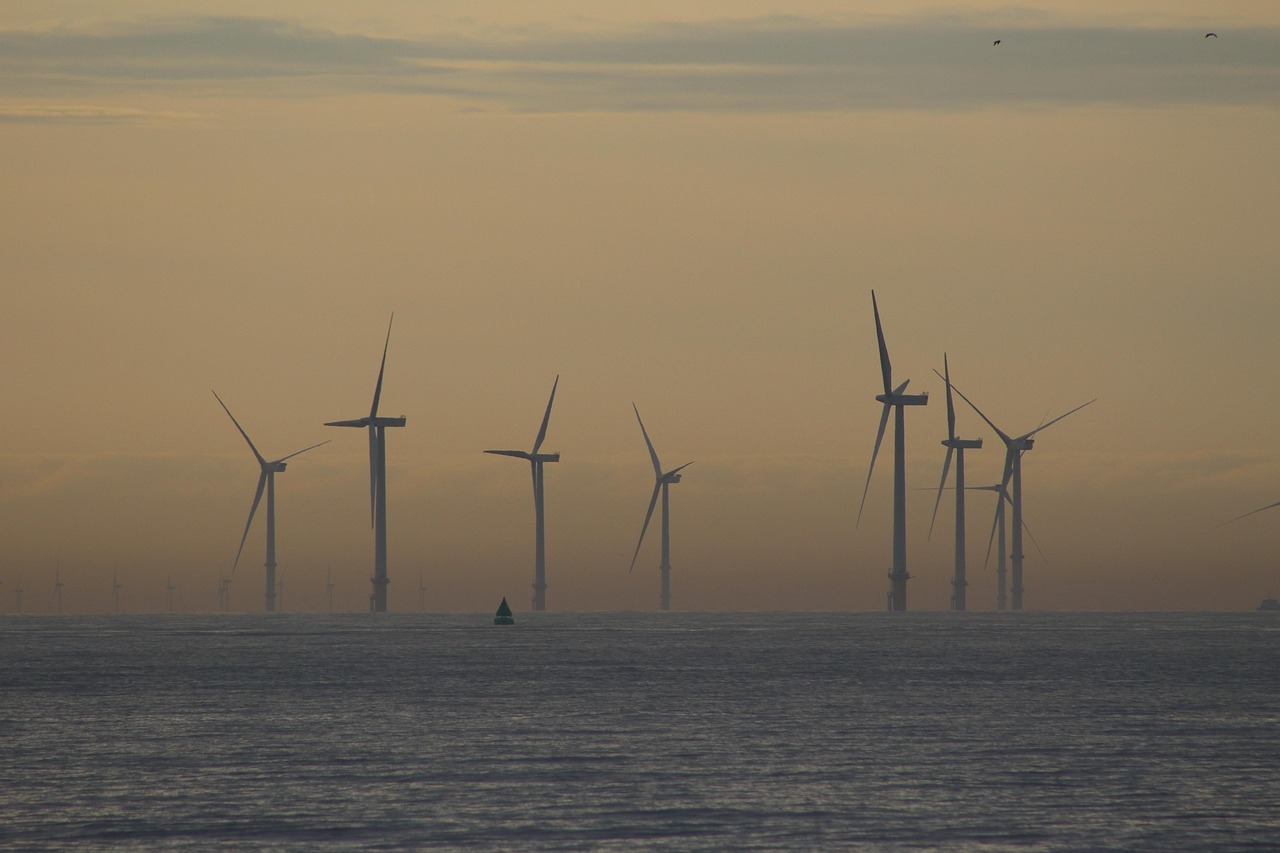
Optimizing Renewable Energy Generation and Management for a Sustainable Port Ecosystem
- PIN Ports
- Q3/2027


